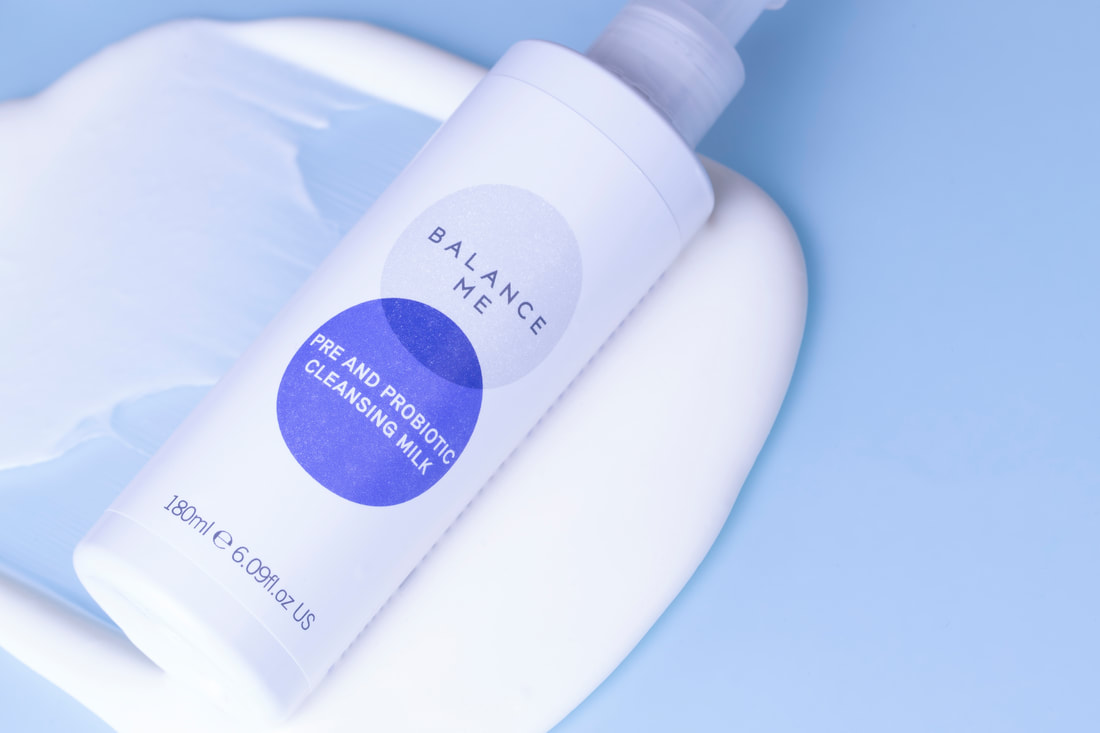Mandy Oxley Swan on skin concerns, SPF and exfoliation:
What is your skin concern?
Dry - Intrinsic. Typical appearance is dull and rough. A lack of lipids(oils) in the skin. Minimal sebaceous secretions. An impaired acid mantle. Should not overstrip the skin.
Fine lines wrinkles and elasticity - Fine lines and deeper lines/wrinkles are a result of reduced elastin and collagen. As part of the ageing process the collagen fibres breakdown - the longer fibres stay in a folding state permanently hence a small fold/wrinkle.
The internal scaffolding of the skins dermal layer - elastin and collagen, break down as we age-this is known as a loss of structural integrity. The skin loses its bounce as the elastin loses its recoil. The eyes show these first signs of ageing.
Oily - Intrinsic. A result of over-active sebaceous glands. Skin has a thicker texture with a slight sheen with open pores. Can be sallow in colour. Blemishes and comedones.
Sensitivity/Redness/Rosacea - Sensitive skin is genetically predisposed. Sensitised skin is hyper reactive skin as a result of external factors such as pollution, chemicals and lifestyle and can occur in anyone. Skin feels tight after washing , prone to blotchiness and itching or stinging. Broken capillaries across nose and cheeks. These symptoms are also signs of Rosacea.
Dull/Dehydrated - Water deficient skin. With ageing the outer layer of the epidermis, the stratum corneum loses its moisture content as a result of losing lipids plus its ability to bind and retain water. Loss of Hyaluronic acid results in the skin appearing tight and fine lines show easily. When manipulated the skin looks crepey. Dermal dehydration manifests as deeper wrinkles.
Pigmentation - Hyper-pigmentation shows as patches/spots of darkened skin. Caused by erratic melanocyte activity as a result of accumulative UV exposure. Can also be a result of hormonal changes such as the contraceptive pill and pregnancy (melasma & chloasma).
What is your skin concern?
Dry - Intrinsic. Typical appearance is dull and rough. A lack of lipids(oils) in the skin. Minimal sebaceous secretions. An impaired acid mantle. Should not overstrip the skin.
Fine lines wrinkles and elasticity - Fine lines and deeper lines/wrinkles are a result of reduced elastin and collagen. As part of the ageing process the collagen fibres breakdown - the longer fibres stay in a folding state permanently hence a small fold/wrinkle.
The internal scaffolding of the skins dermal layer - elastin and collagen, break down as we age-this is known as a loss of structural integrity. The skin loses its bounce as the elastin loses its recoil. The eyes show these first signs of ageing.
Oily - Intrinsic. A result of over-active sebaceous glands. Skin has a thicker texture with a slight sheen with open pores. Can be sallow in colour. Blemishes and comedones.
Sensitivity/Redness/Rosacea - Sensitive skin is genetically predisposed. Sensitised skin is hyper reactive skin as a result of external factors such as pollution, chemicals and lifestyle and can occur in anyone. Skin feels tight after washing , prone to blotchiness and itching or stinging. Broken capillaries across nose and cheeks. These symptoms are also signs of Rosacea.
Dull/Dehydrated - Water deficient skin. With ageing the outer layer of the epidermis, the stratum corneum loses its moisture content as a result of losing lipids plus its ability to bind and retain water. Loss of Hyaluronic acid results in the skin appearing tight and fine lines show easily. When manipulated the skin looks crepey. Dermal dehydration manifests as deeper wrinkles.
Pigmentation - Hyper-pigmentation shows as patches/spots of darkened skin. Caused by erratic melanocyte activity as a result of accumulative UV exposure. Can also be a result of hormonal changes such as the contraceptive pill and pregnancy (melasma & chloasma).
|
Exfoliation
Exfoliation has a range of benefits for the skin: -Improved barrier function. When damaged elements of the barrier layer are removed skin renewal is encouraged. -Increased skin hydration. Skin renewal causes new cells to rise to the surface bringing more lipids for improved hydration. -Smoother and brighter skin. Removing dull cellular debris makes the skins surface look polished and smoother. -Controls congestion. Removing clogged cells helps reduce congestion in the follicles thus allowing sebum to flow freely and cause less breakouts. -Reduced pigmentation. Removing pigmented cells that have risen to the surface of the epidermis makes the skin appear more translucent. What is an exfoliant? An exfoliant is any agent that removes dead skin cells from the surface Stratum Corneum to reveal newer, smoother skin underneath. It can be either mechanically or chemically. Mechanical Exfoliation is either a tool or material that uses friction and abrasion and removes the superficial layers only. ie corn cob meal, rice bran, walnut shell or a brush or sponge. Chemical Exfoliation utilises chemicals such as Hydroxy Acids, Vitamins and Enzymes. Alpha Hydroxy Acids (AHA’s) eg Lactic & Glycolic Acid, Beta Hydroxy Acids (BHA’s) eg Salicylic Acid. All these exfoliants are well known as well as PHA's- Polyhydroxy acids. They have a larger molecular size and have hydrating properties but the key thing is they can be less irritating which is good news for more sensitive skin that may be wary of exfoliation. |
SPF - The Facts
|
